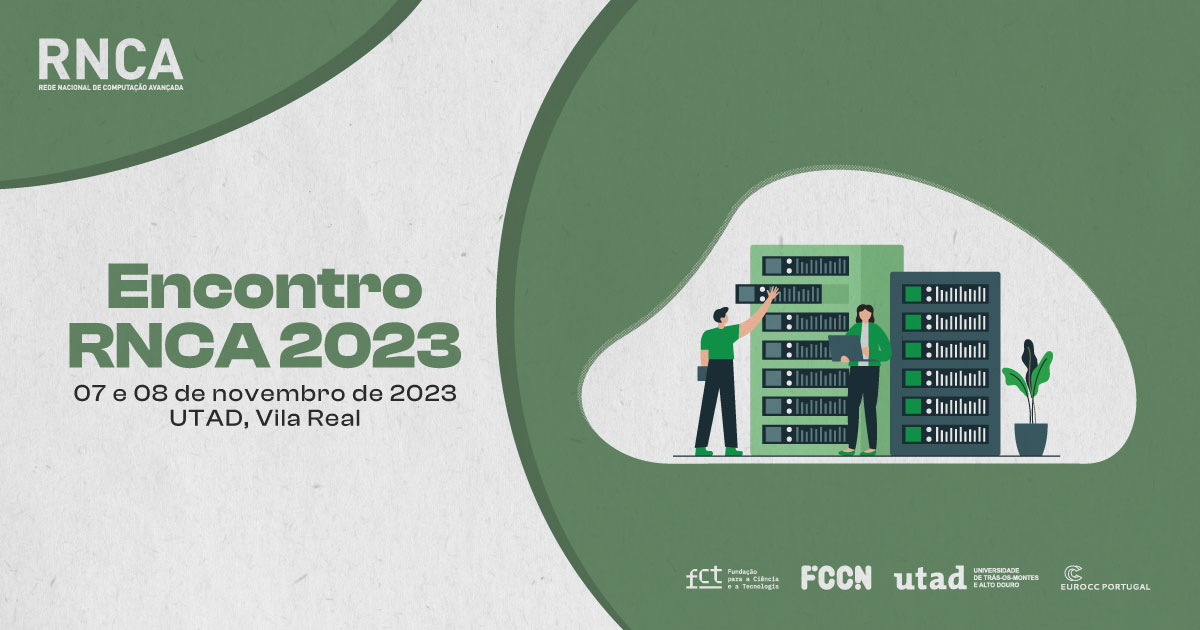Descubra as características e potencialidades dos supercomputadores que integram a Rede Nacional de Computação Avançada (RNCA).
O primeiro supercomputador aberto à comunidade científica foi instalado pela unidade FCCN da FCT, em 1988, seguindo-se outros, que aqui identificamos.
Quais são os supercomputadores nacionais?
Oblivion
Foi em fevereiro de 2020 que a Universidade de Évora inaugurou o supercomputador Oblivion, uma máquina capaz de processar 239 milhões de milhões de operações por segundo, armazenando 1.5 Petabytes de dados. A utilização do Oblivion, incorporado no HPC-UÉ (High Performance Computing da Universidade de Évora), é dividido entre a atividade do consórcio ENGAGE SKA (Enabling Green E-Science for the SKA Research Infrastructure) e a atividade da comunidade científica e das empresas no âmbito da Rede Nacional de Computação Avançada. Está previsto um upgrade do centro HPC-UÉ com a a instalação em 2021 de um novo cluster, denominado Vision, que tem características especialmente adaptadas a trabalhos de inteligência artificial e deep learning
Bob
Inaugurado em julho de 2019, depois de instalado no datacenter da REN em Riba d’Ave no Minho, o Bob permitiu aumentar em dez vezes a capacidade nacional de computação, tendo sido cedido pela Universidade de Austin, ao abrigo de uma parceria que envolveu a Universidade do Minho e a FCT. Operado pelo Minho Advanced Computing Centre (MACC), com apoio da FCT, o Bob será substituído em breve pelo futuro supercomputador Deucalion, uma mudança que implicará um aumento da capacidade de cálculo em cerca de 40 vezes. Co-financiado pela parceria EuroHPC JU, o Deucalion terá um desempenho máximo de 10 Petaflops ou 10 milhões de biliões de cálculos por segundo, tendo por base parte da mesma tecnologia ARM daquele que é considerado o supercomputador mais rápido do mundo: o Fugaku.
Navigator
Inaugurado em fevereiro de 2019, o supercomputador Navigator está integrado no Laboratório de Computação Avançada da Universidade de Coimbra (LCA-UC). Este supercomputador é destacado pela UC como uma “importante ferramenta de trabalho para investigadores de áreas tão díspares como biociências, ciência de materiais, física de altas energias astrofísica ou dinâmica de fluidos”. Localizado no piso inferior do edifício dos departamentos de Física e Química, a instalação deste laboratório implicou um investimento de 2,17 milhões de euros. Este cluster está inserido na rede Tier-1 de supercomputadores europeus PRACE e participa na call DECI-17. Em 2021 o Navigator recebeu um upgrade na capacidade de refrigeração e no sistema de arquivo/back-up.
Cirrus e Stratus
É em Lisboa, na Infraestrutura Nacional de Computação Distribuída (INCD), que podemos encontrar as plataformas Stratus e Cirrus-A. Estes são operados desde 2017 pela INCD, contribuindo para que esta entidade possa garantir serviços de Computação de Alto Desempenho, através do cluster Cirrus-A. Já o cluster Stratus compreende a infraestrutura de Computação em nuvem disponibilizada pela INCD, muito usada para Virtual-Research Environments e instalação de Máquinas Virtuais.
Estes supercomputadores estão ainda integrados na Rede Nacional de Computação avançada, gerida pela Unidade FCCN da FCT, sendo que, no âmbito da primeira edição do Concurso de Projetos de Computação Avançada, 129 projetos nas mais variadas áreas puderam utilizar estes recursos.

Rede Nacional de Computação Avançada
Composta por 4 centros operacionais e um conjunto de centros de competência, a RNCA destina-se a disponibilizar serviços de computação avançada às comunidades de investigação, tecnologia, inovação e indústria. Procura ainda agregar os recursos nacionais de computação avançada, promover a cooperação entre os vários centros envolvidos e desenvolver parcerias nacionais e internacionais com outras entidades.
Tendo sido criada em 2018 pela iniciativa de competências digitais INCoDe.2030, a RNCA integra ainda a Rede ibérica de computação avançada – RICA, tendo por base a criação do MAAC – Minho Advanced Computing Centre.
Para que serve a supercomputação?
Todos estes meios de Computação de Alto Desempenho (HPC) têm como objetivo apoiar aplicações em diversas áreas, tais como bioinformática, clima, ciência dos materiais e da vida, química computacional, física, e engenharia civil entre outras, apoiando deste modo a investigação e potenciando a competitividade da indústria nacional, tal como podemos ler no artigo que publicámos sobre o primeiro projeto português aprovado pela iniciativa SHAPE PRACE












